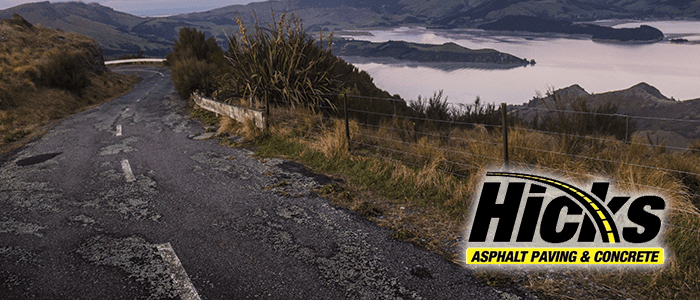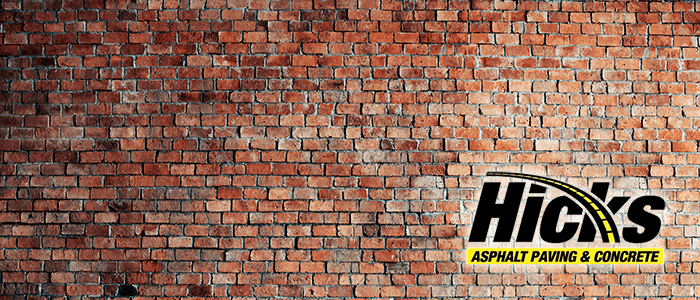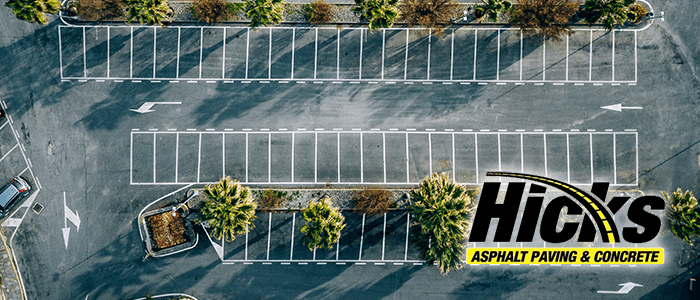It is inevitable that when you spend a good portion of your time in your car, you are going to encounter damaged roadways. Whether it is cracks in the pavement or full on potholes, high traffic locations are more likely to have damage by their very nature. Counties and states are responsible for hiring contractors to repair these damages, but due to time and budget constraints, there is only so much that they can do. This means that some roads will suffer greater and greater degrees of damage as time passes.
The unfortunate side for you as a motorist is that not only do these damaged roads make for an unpleasant drive, they can also cause damage to your vehicle, necessitating costly repairs. Below we will look at a few things you can do to minimize the damage to your vehicle caused by damaged roads.
Potholes
Whenever possible, if you see a pothole ahead, do your best to avoid hitting it. If that means changing lanes or gently steering around the pothole, you would be wise to do so. Sometimes, due to road hazards or other vehicles on the road, it is impossible to avoid potholes. In these cases, your best approach is to slow your speed down as much as possible. This will lessen the damage to your vehicle, especially to your tires. Potholes are known to cause damage such as:
- Flat tires
- Wheel Alignment issues
- Vehicle body damage
- Car accidents
Decrease Your Speed
As stated previously, sometimes it is impossible to avoid road damage, so decreasing your speed is the safest option and the most likely approach to coming out unscathed. Driving at a fast rate over things like potholes, road cracks, or broken pavement can lead to damage to the vehicle’s undercarriage. This is caused by loose debris and rocks being dislodges and kicked up by the tires.
Keep a Steady Pace
If your daily commute takes you over roadways with severe damage, your chances of vehicle damage greatly increase. In these areas, we recommend that you keep a steady pace. Speeding up is not a good idea when the amount of loose detritus from damaged pavement is so much.
Maintain Safe Distance Between Vehicles
In these high damage areas, you will also want to ensure that you avoid tailgating at all costs. As previously stated, tires going over the loosened debris and rocks will them up into the air. If you are following too closely to the vehicle in front of you as they hit this damage, it could end up causing some significant damage to your windshield and hood of your car. Also, if you are following too closely to the car in front of you, you are less likely to notice damage in the roadway in time to be able to avoid it yourself. Protect yourself and your vehicle from damaged roadways by giving yourself enough time and space to react to the hazards of the road.





